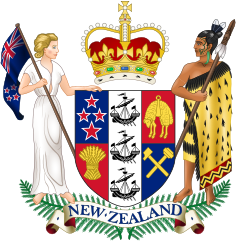| Transport Licensing Act 1931 | |
|---|---|
 | |
| New Zealand Parliament | |
| Legislative history | |
| Passed | 1931 |
| Repeals | |
| 1982 | |
| Amended by | |
| 1933, 1936, 1939, 1962, 1977 | |
| Status: Repealed | |
The Transport Licensing Act 1931 was a New Zealand Act of Parliament regulating land transport. It was introduced following a Royal Commission on road and rail competition in 1930. The Act also regulated aspects such as safety and insurance requirements for carriers and the regulation of public passenger services.